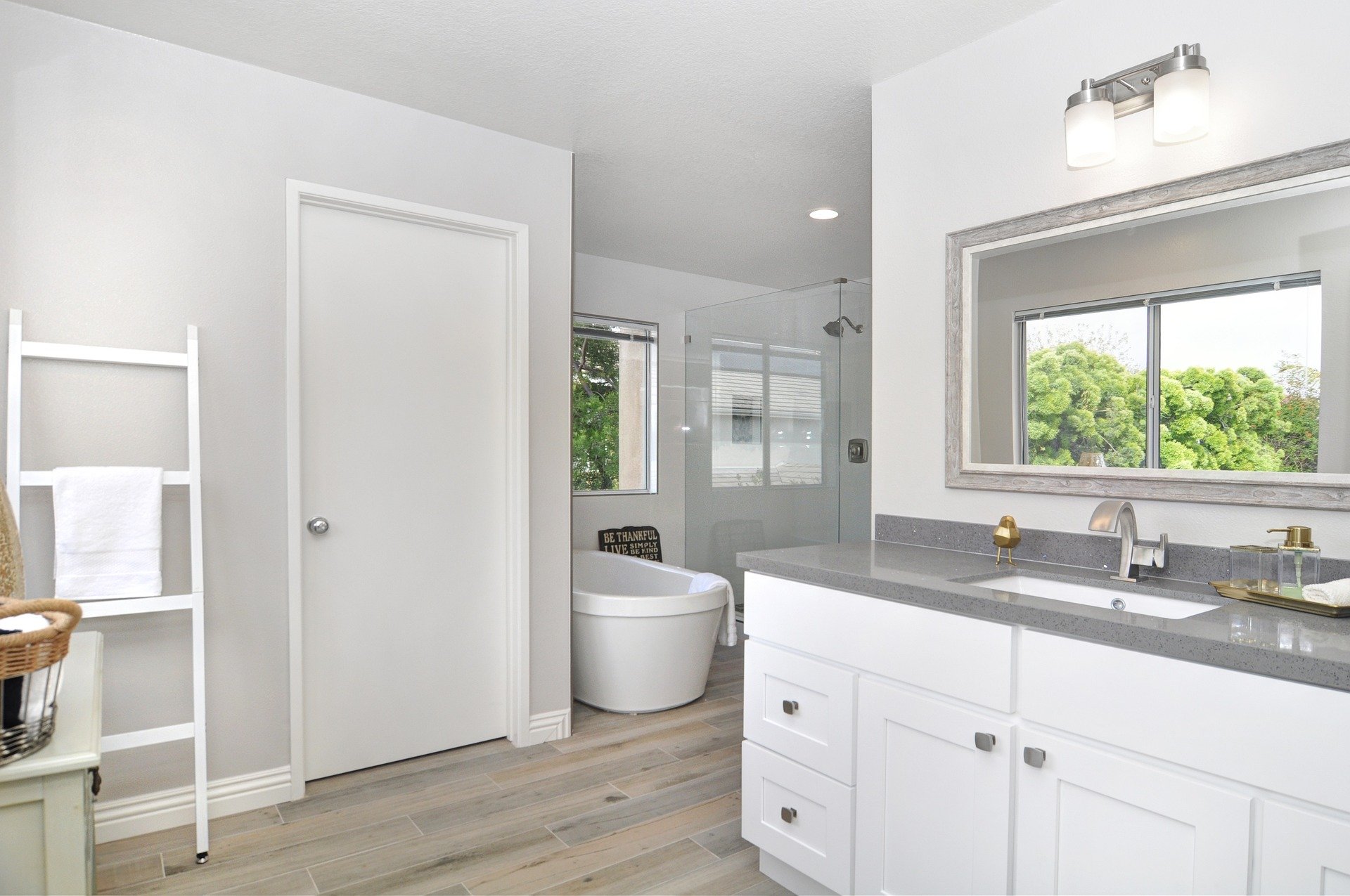Common Bathroom Inspection Issues Uncovered
The bathroom is the most frequently used room in any home, with the kitchen coming in a close second. The average American, for instance, flushes the toilet five times daily. Multiply that by the number of family members in a home and that’s a lot of flushes and usage. Showers are right on par with this high level of usage pattern since reports show American men and women take (on average) at least one shower a day. Again, multiply that by the size of your family and lifestyle needs and that’s a lot of running water, flushing, and lights on and off, in a high-traffic area.
Home bathrooms get so much use that ensuring every component is properly working is a major part of any home inspection. With the high foot traffic commonly seen in this vital room, it is not unusual to see issues develop after years of overuse. Issues such as plumbing problems, electrical issues, and the growth of mold and mildew in the traditionally humid and moisture-rich environment.
Let’s uncover the most common bathroom issues your professional inspector could find.
Plumbing Issues
Let’s face it, the bathroom is a fairly utilitarian room. It serves several prime functions including toileting, washing, and daily hygienic tasks. All of these tasks require running water.
Since water is such an essential part of using this room, it makes sense that an inspector will look for issues ranging from dripping faucets to major plumbing hazards. Some of the most common plumbing problems an inspector is visibly on the hunt for are:
Dripping or leaky faucets - this is often an easy fix that can save you money on your water bill.
Leaks around the tub, shower enclosure, toilet, sink, or tub. These leaks, if not repaired, can lead to the growth of mold and potentially warp and damage the subflooring wood. It can also show up as ceiling stains in the rooms below the bathrooms.
Toilet bowl and tank issues - continuously running toilets and leaks coming from the toilet tank are problems that can also lead to wood rot, mold, and issues on lower floors.
Water pressure issues in sinks and showers. Is the water pressure issue only in one room or does it occur in several? These clues will help determine the potential cause of the pressure issue.
Are sinks and tubs draining correctly and quickly after usage? A note in the inspection will be made if the drains are working slowly or not at all.
Sewer line clogs. How well is the toilet flushing?
Temperature of hot water will also be inspected.
Each of these issues deals with water. Moisture and water, when left untreated can lead to an even larger problem in a home - mold growth. Identifying these plumbing problems and arranging for mitigation and repairs can help prevent mold growth now and in the future.
Electrical Issues
As we discussed in our kitchen inspection blog, water and electricity most certainly do not mix. In bathrooms and other rooms where running water is present, GFCI outlets should be present. A professional inspector will ensure the outlets near the shower, toilet, and sink have a ground fault circuit interrupter (GFCI) installed and that it is working properly.
Another electrical issue that will be checked in each bathroom is the exhaust fan. Is it working properly and keeping air venting from the room? Again, proper ventilation will help with moisture issues and the potential growth of mold.
While bathrooms may be one of the smaller rooms in many New England homes, they see constant use. That overuse can lead to the need for updates or repairs. Your inspector will take a look and let you know what indicators tell him about the bathrooms including whether the issue is minor or major and whether a plumber or electrician may need to tend to any serious issues.

